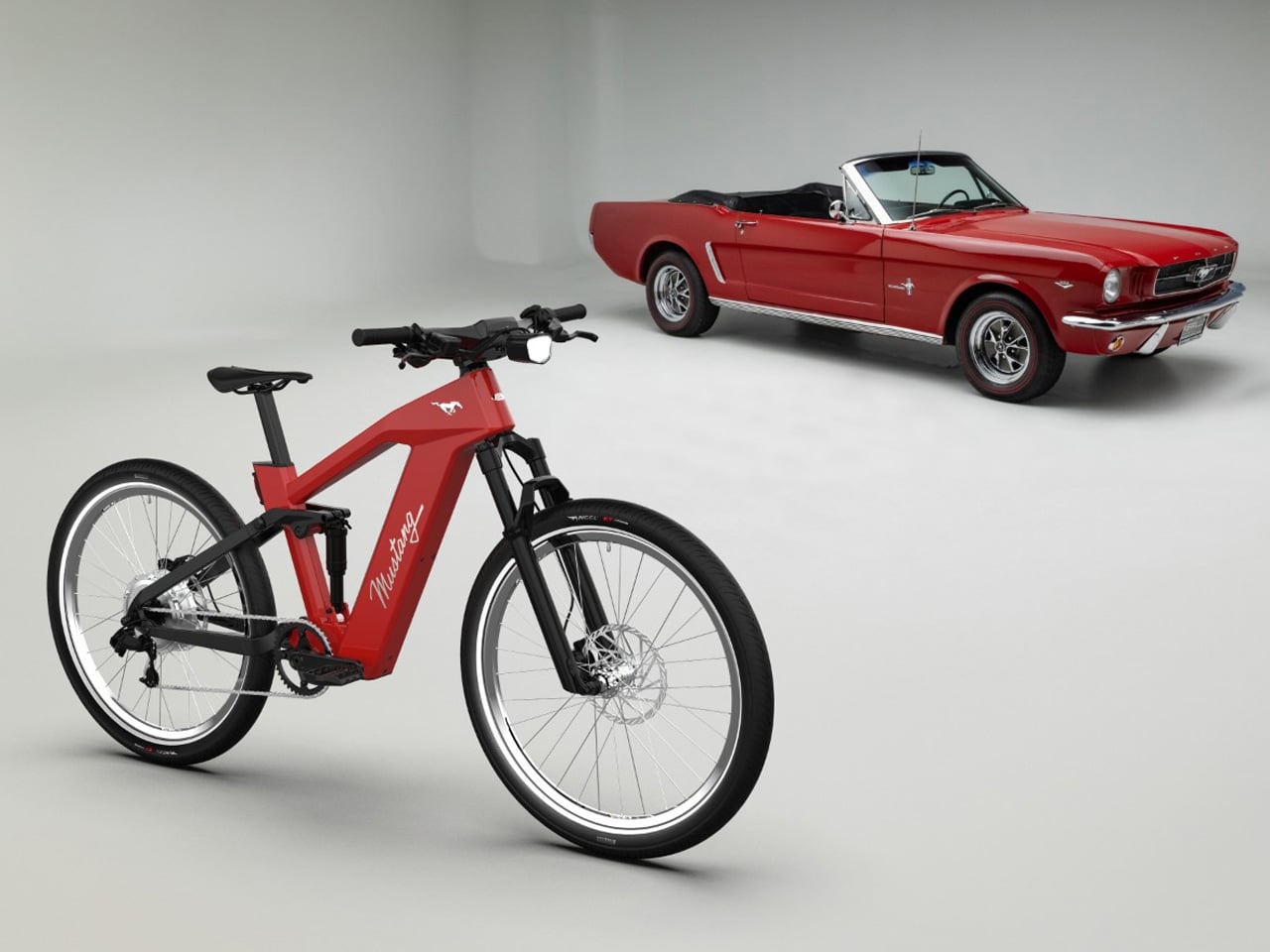
Bronco and Mustang are Ford’s acclaimed models that have redefined the performance car industry. Now the US-based automotive giant wants to ride the e-bike wave just like Jeep, Porsche and GM have done. They’ve collaborated with bike company N Plus to create two e-bikes inspired by the legendary models.
The high-performance two-wheelers not only carry the aesthetical legacy of the Bronco and Mustang but also deliver with their high-performance hardware. The Bronco version has an off-roading character while the Mustang one has the pure muscle to beat any other e-bike in a drag race.
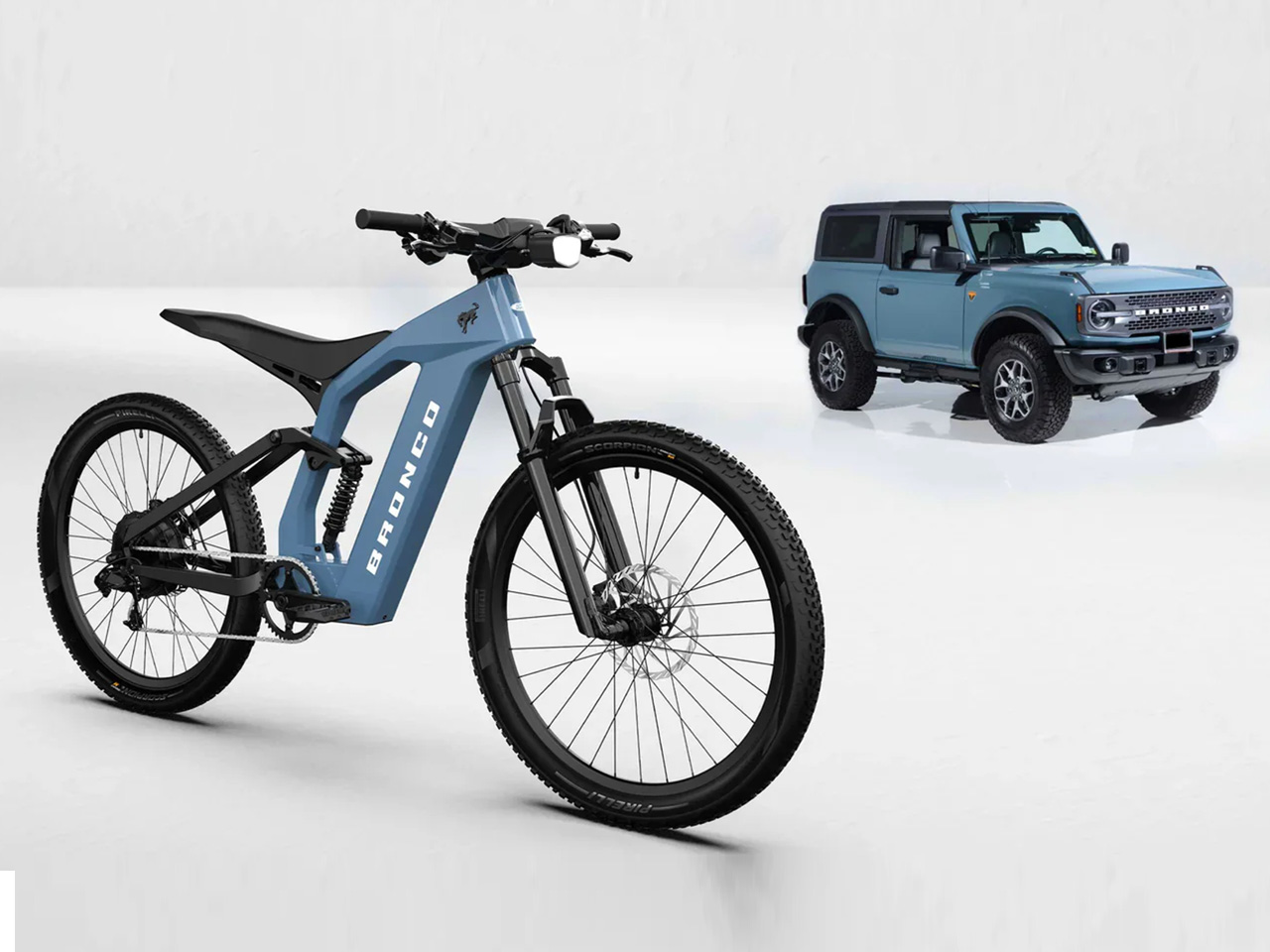
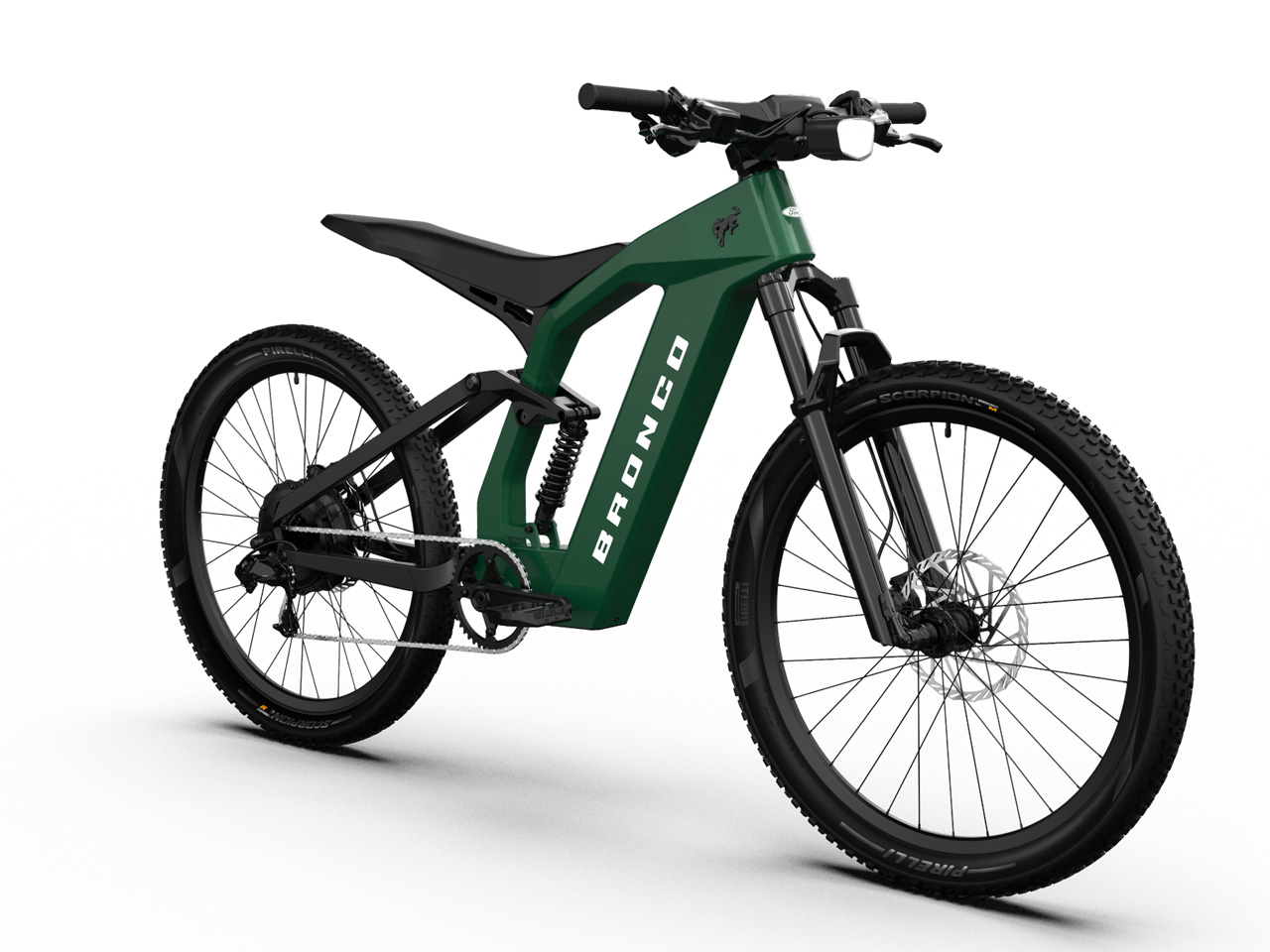
According to Tyler Hill, Ford’s global brand licensing manager, “These new e-bikes will allow more people to experience the adventurous spirit of a Bronco and the exhilaration of a Mustang from the moment they grip the handlebar.” That’s evident from the specifications of the two models. Both these variants will have four-piston hydraulic brakes and a center-aligned colored LCD panel to display vital information including speed, battery life and range.
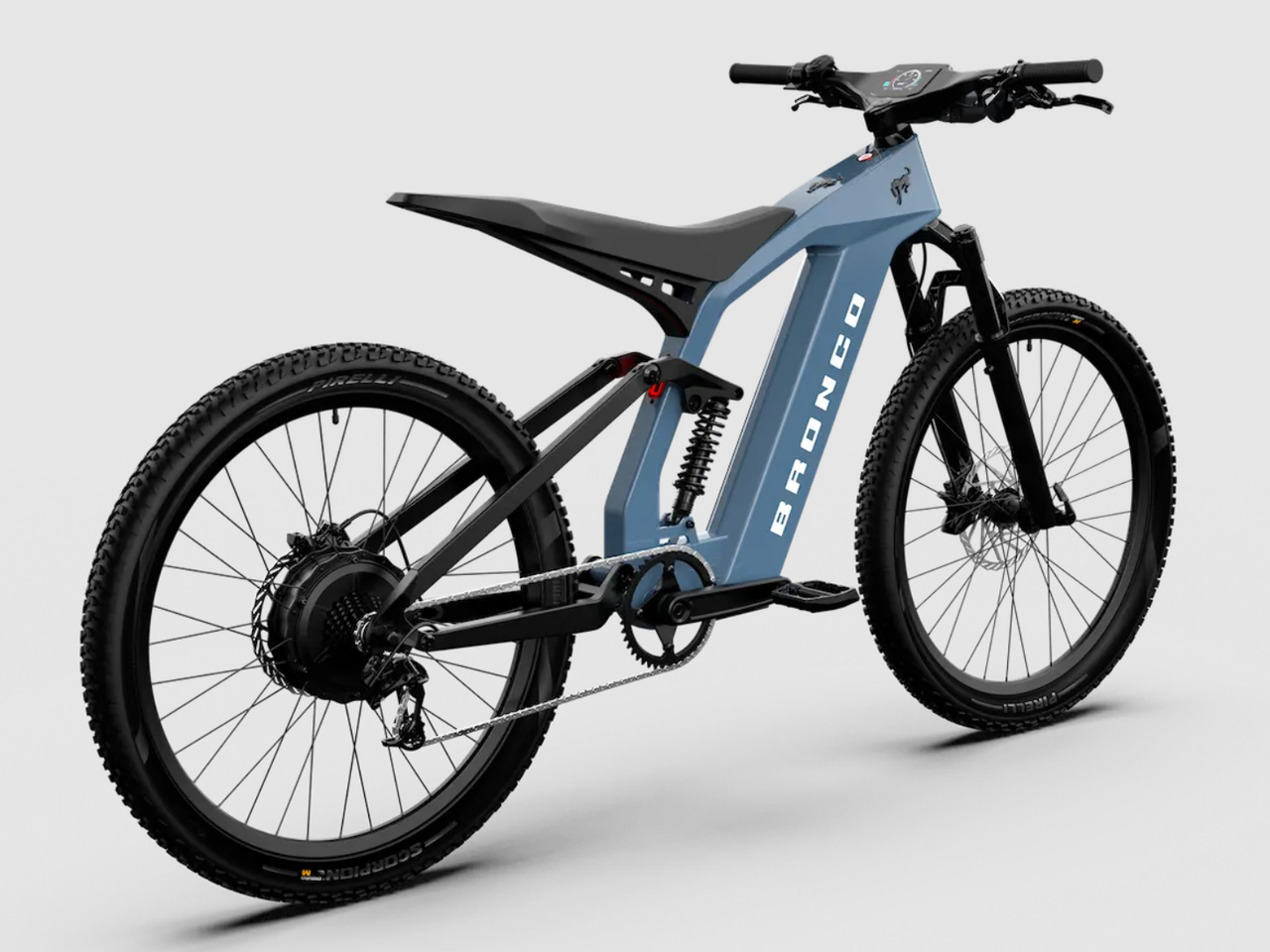
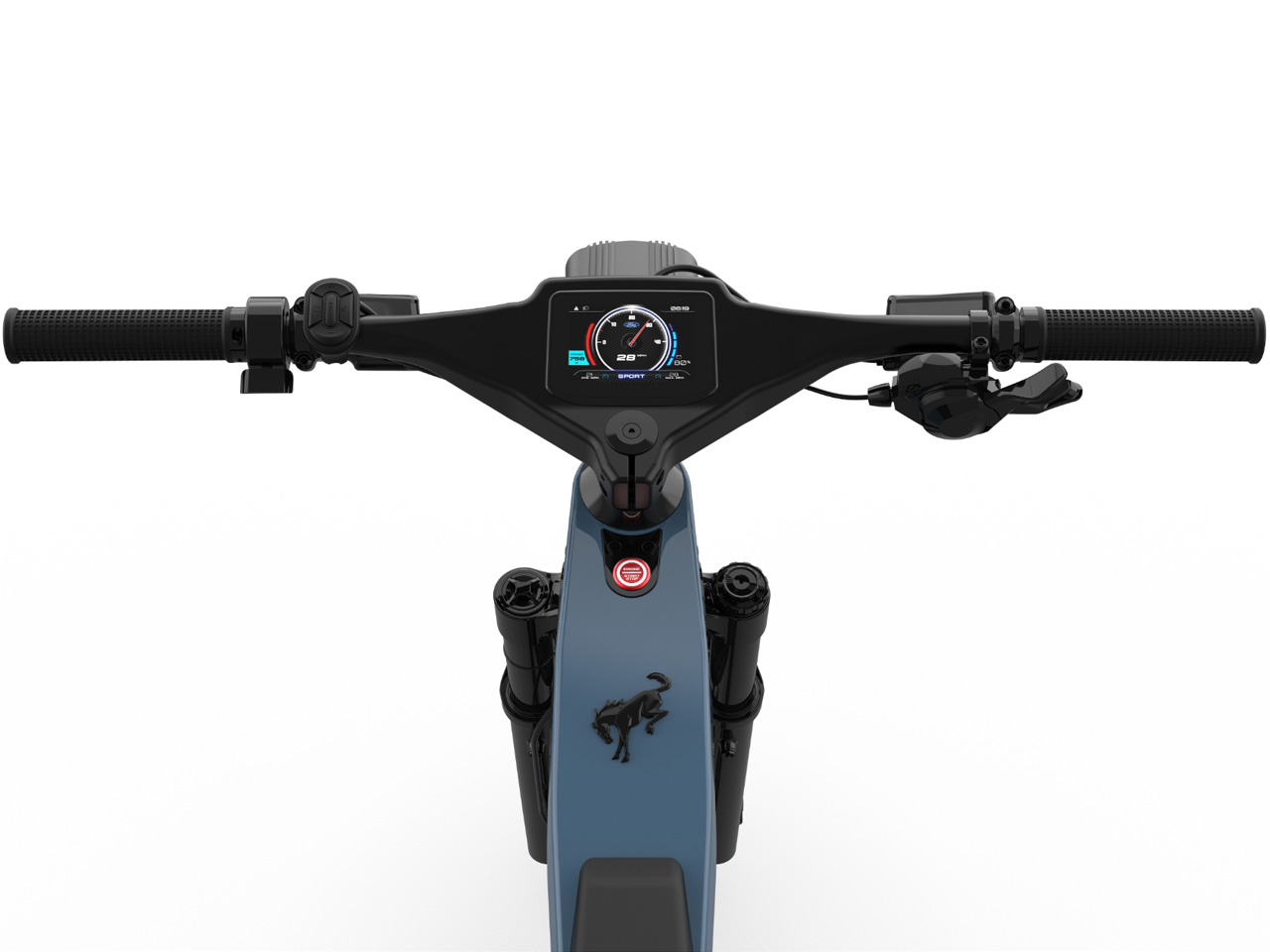
The Bronco e-bike gets a 750W hub motor for superior torque of 85 Nm to conquer steep hills and a dual-suspension system to counter the punishment of the rugged terrain. Ford calls this G.O.A.T (Goes Over Any Type of Terrain). This e-bike with a motorcycle-styled comfortable saddle is rated as Class 3 as it can hit top speeds of 28 mph. The battery range is promised at 60 miles on a single charge, and it can be topped in 3.5 hours. This one will ride on Pirelli Scorpion Enduro M hardwall 27.5 x 2.6-inch tires for better grip and traction out of tight corners.


The sporty Mustang e-bike will further come in two variants with specifications more or less same as the beefier Bronco variant. One will be a standard model and the other a limited-edition Mustang 60th Anniversary Edition for purists. Both versions will get the Pirelli Angel GT semi-slick tires. The seat is going to be more conventional and you will instantly like the Mustang-style triple-bar tail light.
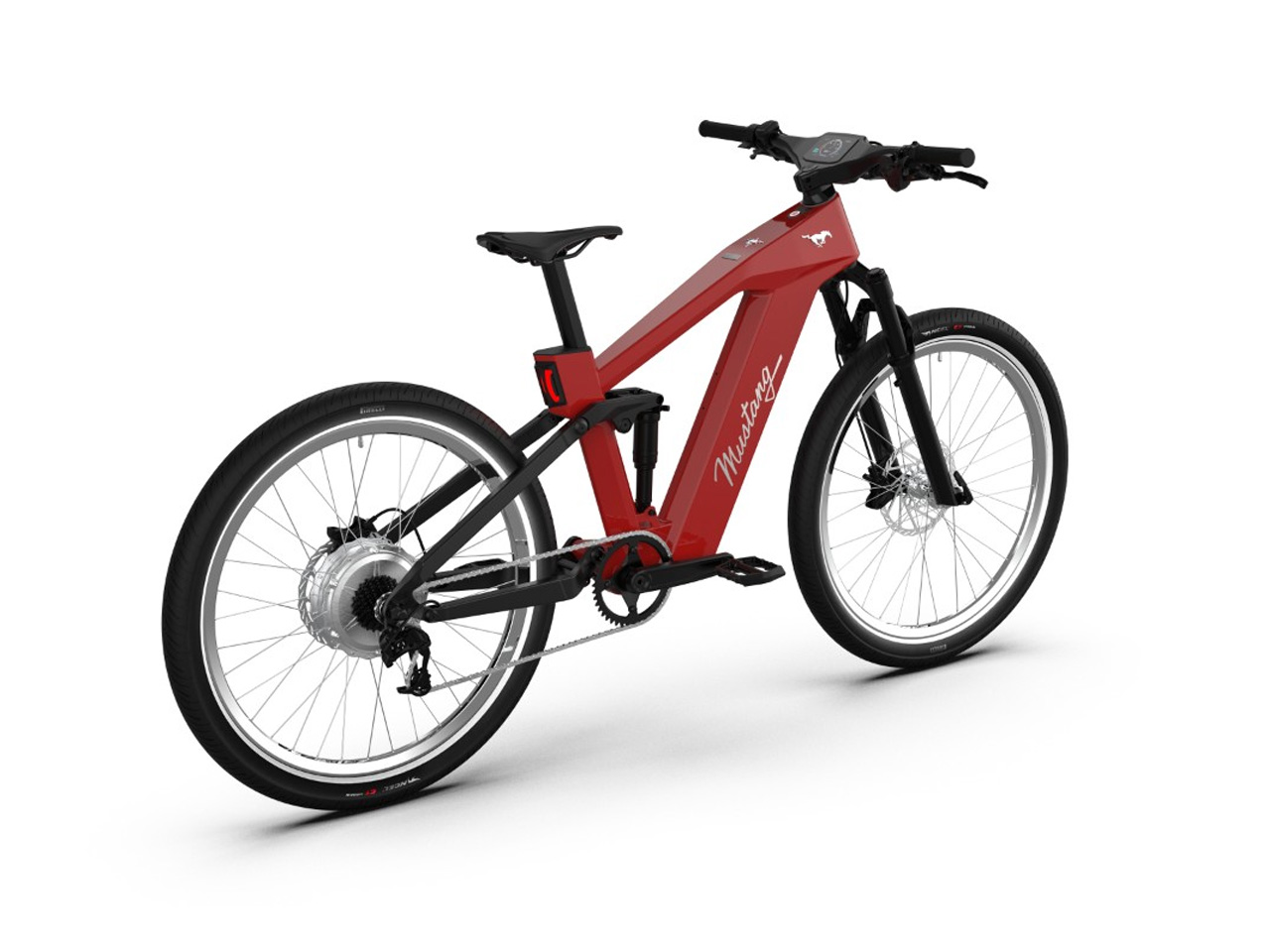
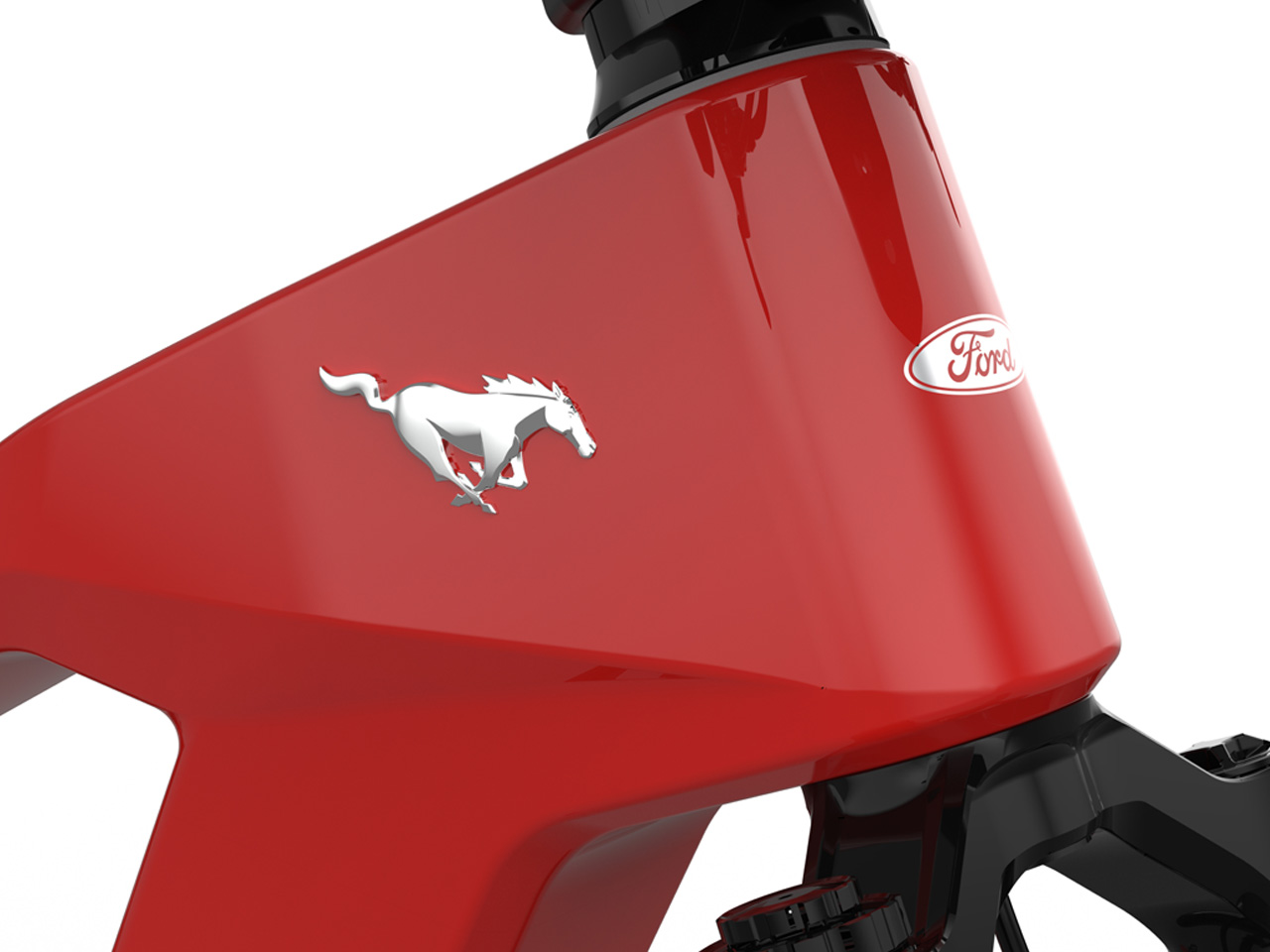
Coming from the house of Ford, these celebrated models will have a steep starting price of $4,500 for the Bronco’s Area 51 blue model and $4,000 for the Mustang Carbonized Gray Metallic version. Buyers can also choose from 10 custom paint color options that’ll add $390 to the cost. The e-bikes can be pre-ordered right away from the company’s website. Deliveries are expected to commence later this year.
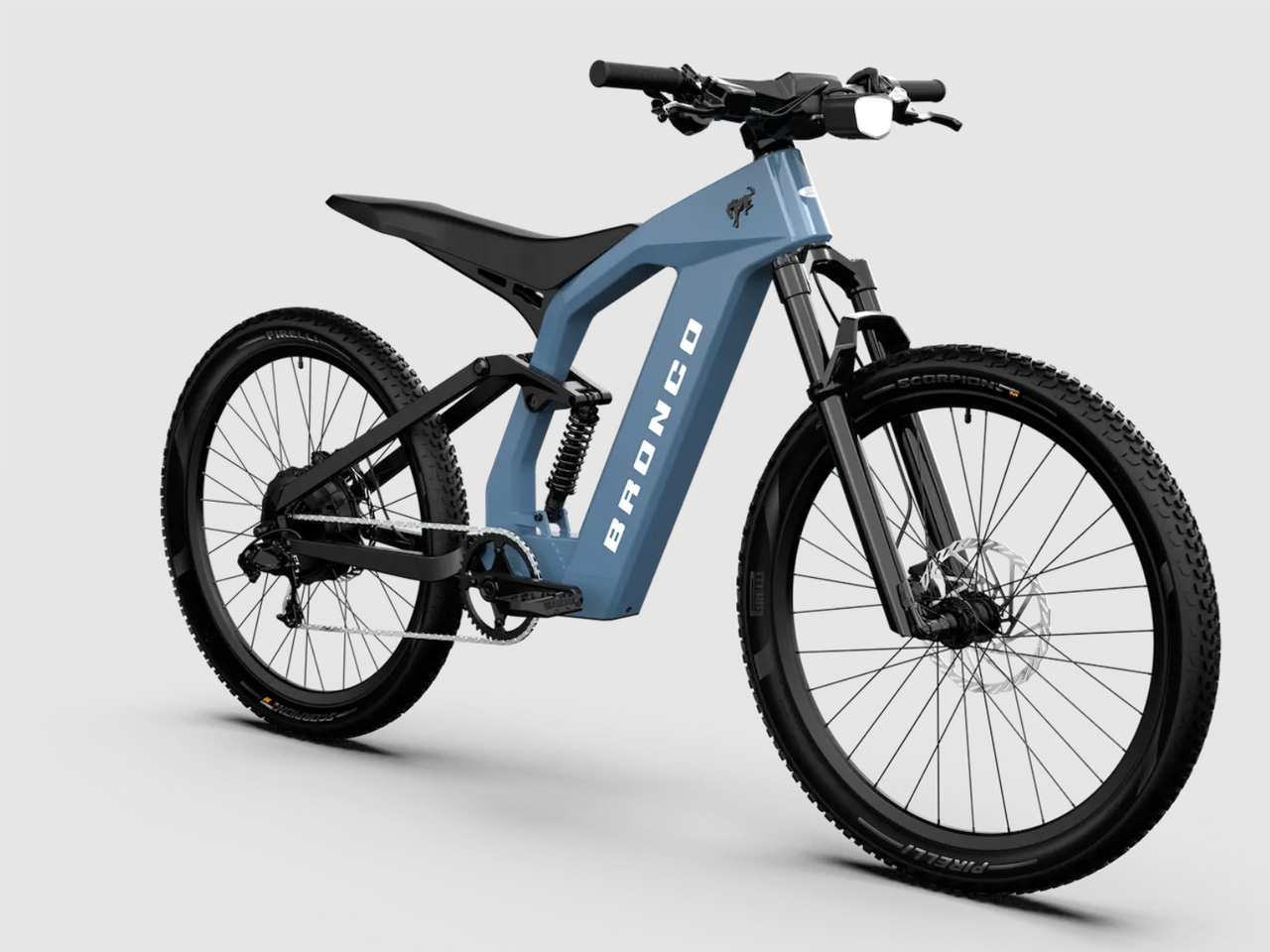
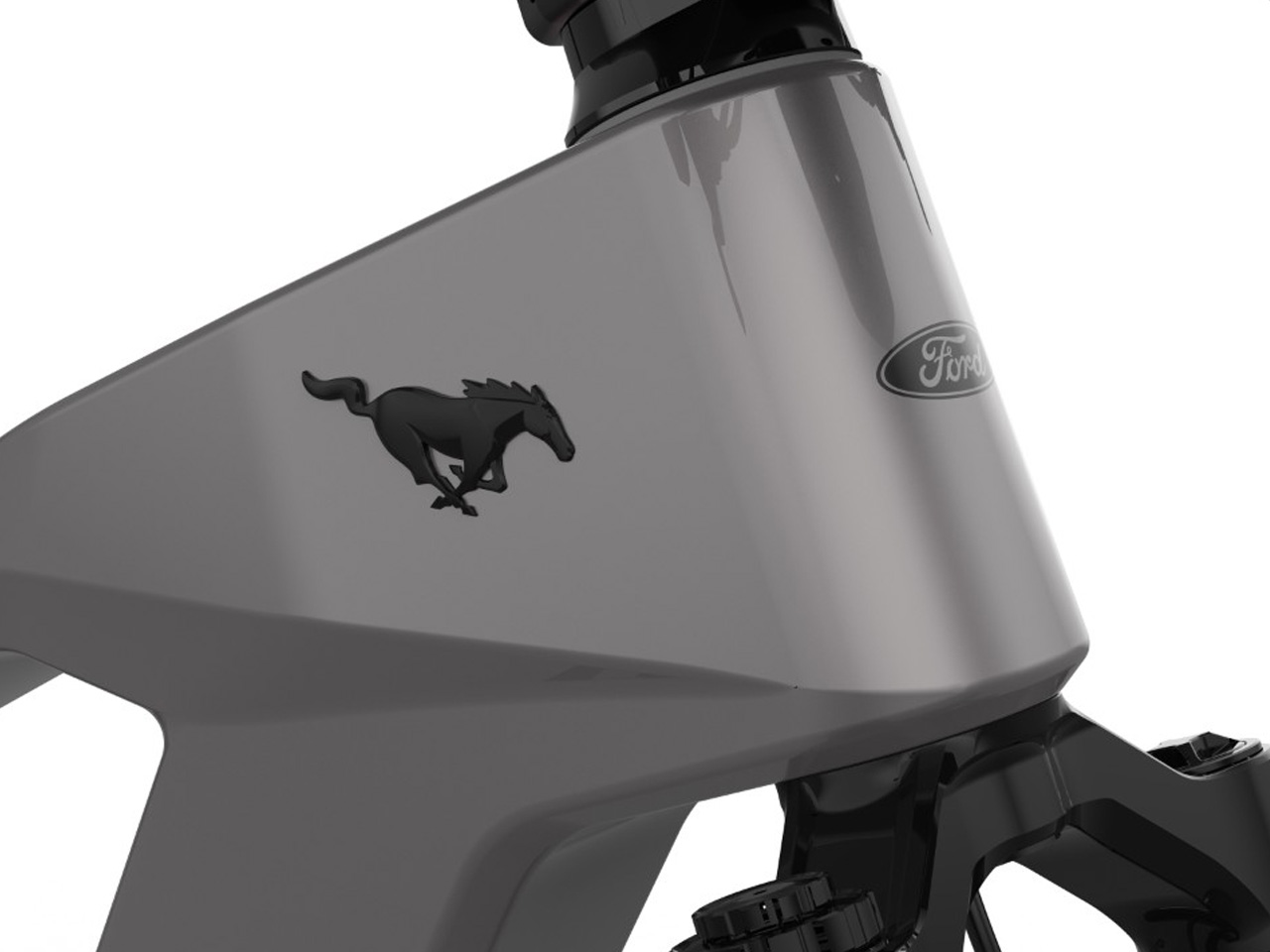
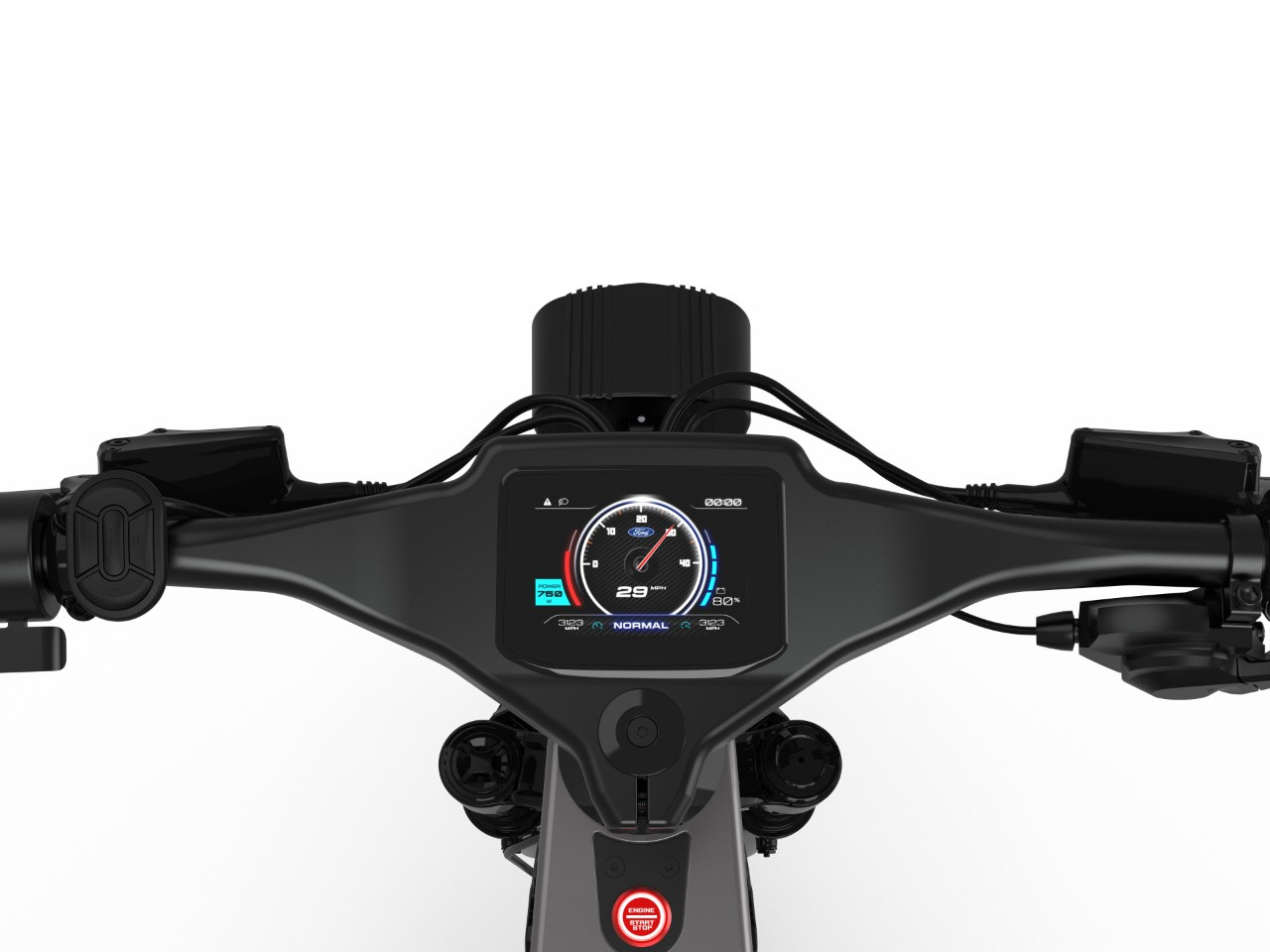
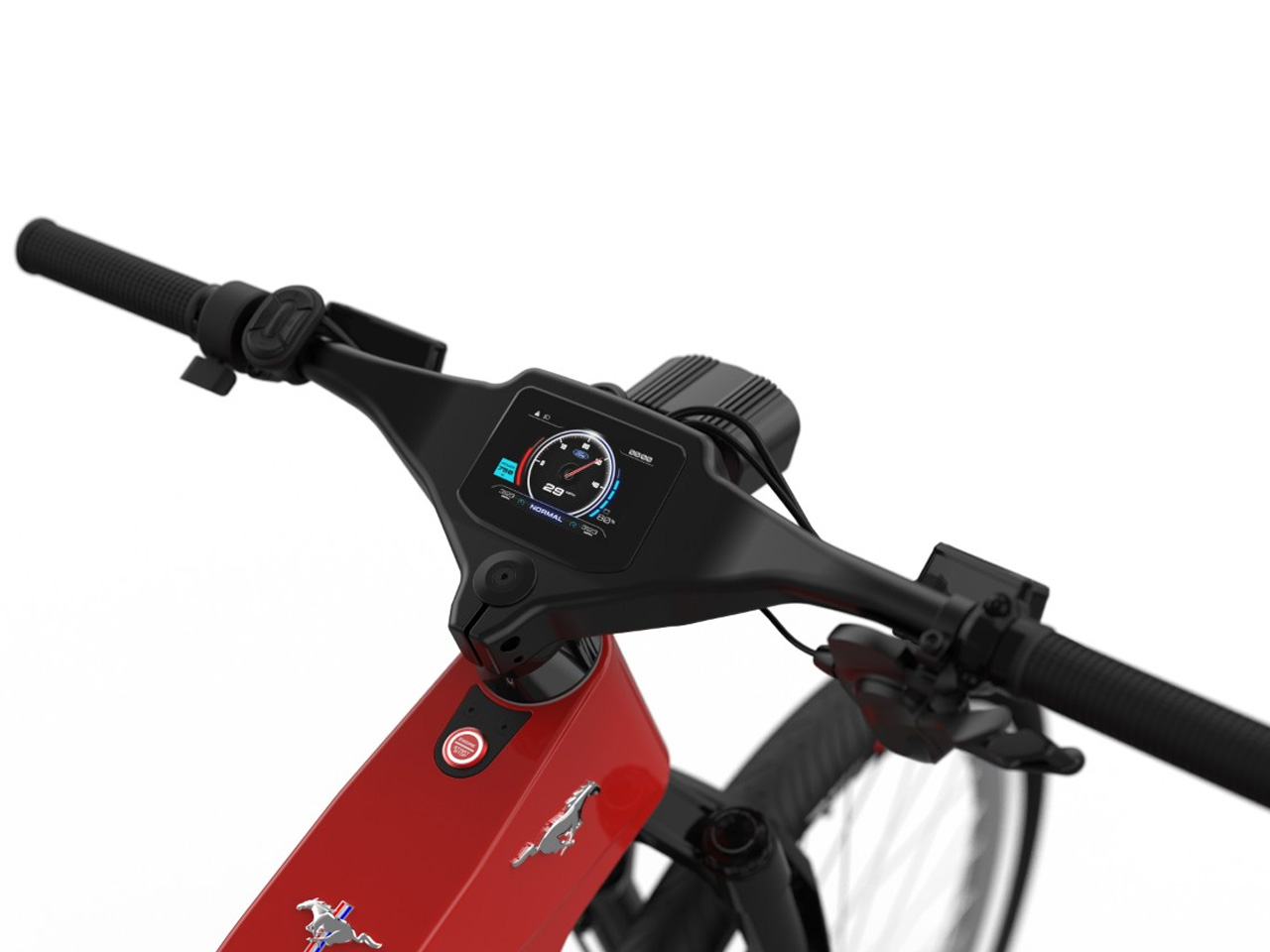

The post Ford debuts Bronco and Mustang themed e-bikes for the eco-conscious motorheads first appeared on Yanko Design.